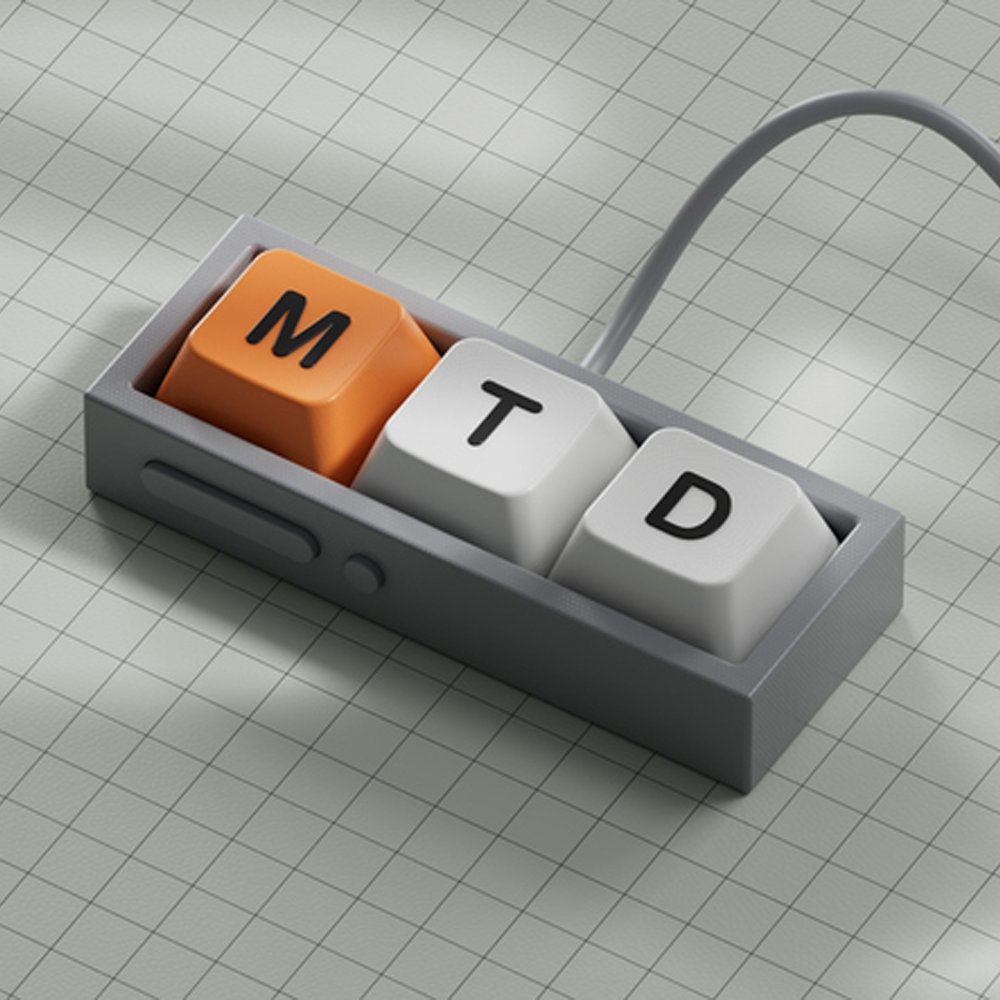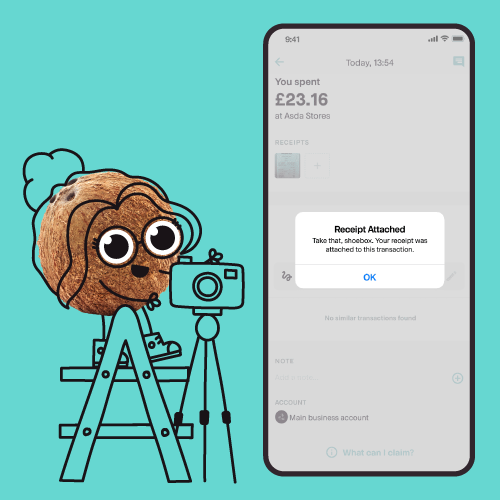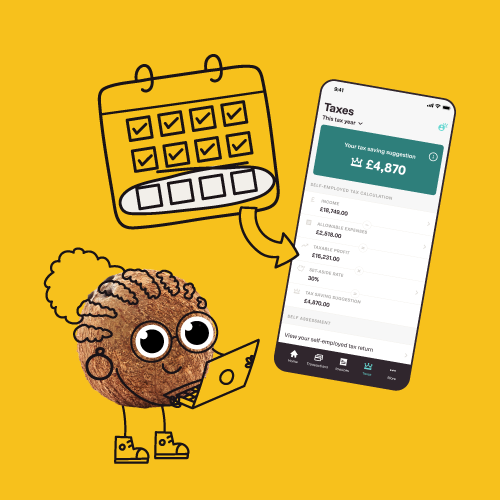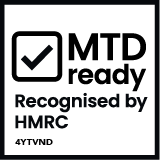Of all the myths linked to Making Tax Digital for Income Tax, one of the most bizarre is that it will mean sole traders and landlords must complete five tax returns a year once introduced. It’s absolute nonsense, of course.
● The first phase of MTD for Income Tax will be introduced on 6 April 2026 and it will impact an estimated 780,000 sole traders and landlords.
● They’re first in line because they earn annual gross trading or rental income of more than £50,000.
● Following the second phase’s introduction, from 6 April 2027, sole traders and landlords with a gross trading or rental income of£30,000-£50,000 will be mandated.
● As announced in the Spring Budget 2025, sole traders and landlords with a gross trading or rental income of £20,000-£30,000 will need to comply with MTD for Income Tax requirements from 6 April 2028.
● Only those who are genuinely “digitally excluded” can avoid MTD and failure to comply will likely result in a fine.
New Making Tax Digital for Income Tax rules
With so many myths linked to Making Tax Digital for Income Tax, accountants and others will need to communicate the truth about the significant changes that will be introduce from 6 April 2026.
Accountants will need to educate their sole trader and landlord clients that when they are impacted by MTD for Income Tax, they will need to maintain accurate, up-to-date digital records of their income and expenses. Each quarter, summaries of their income and expenses will need to be sent digitally to HMRC.
In reality, this will be easy, providing your clients have the necessary MTD-compatible software. The only other alternative is to use “bridging software” that enables MTD reporting using their existing digital records. Paper books or tax returns will no longer be an option for millions of sole traders and landlords. After the fourth MTD update has been sent, reliefs and allowances can be claimed, then a final declaration must be made, confirming the accuracy of information supplied. Job done.
Your main Making Tax Digital challenge
So, the idea that five tax returns a year will need to be submitted is wholly untrue. Making sure that your clients know this and the other realities of MTD for Income Tax is a key challenge for accountants. But if you make sure that your clients have the right software, meeting MTD for Income Tax recording and reporting requirements will be, in fact, relatively easy and it won’t take up too much of their time or yours. If they update their financial records often enough with accurate figures, a simple touch of a screen or click of a mouse will send the necessary summary information to HMRC.
MTD for Income Tax reality check
With research suggesting that more than half of UK small businesses still don’t use Self Assessment tax return software, getting sole traders to go digital is likely to prove the biggest challenge for many UK accountants.
It’s certainly something that needs to happen sooner rather than later, so that sole traders and landlord scan get used to using tax software and it becomes normal for them. That process should start now. Despite what they may have heard, your clients will soon realise that they won’t have to file five tax returns a year, MTD for Income Tax is being introduced to make managing tax easier, while potentially bringing a range of other benefits.
Created for sole traders, CIS sub-contractors and small private landlords (and their accountants), Coconut is the ideal Making Tax Digital for Income Tax solution. It’s easy to use and super convenient, accessible via smartphone, tablet, laptop or desktop. It can be connected to 30+ banks and credit cards and it makes tracking and reporting income and expenses much easier. Join our partner programme and receive superb subscription discounts. The more clients you sign up, the cheaper it is.











